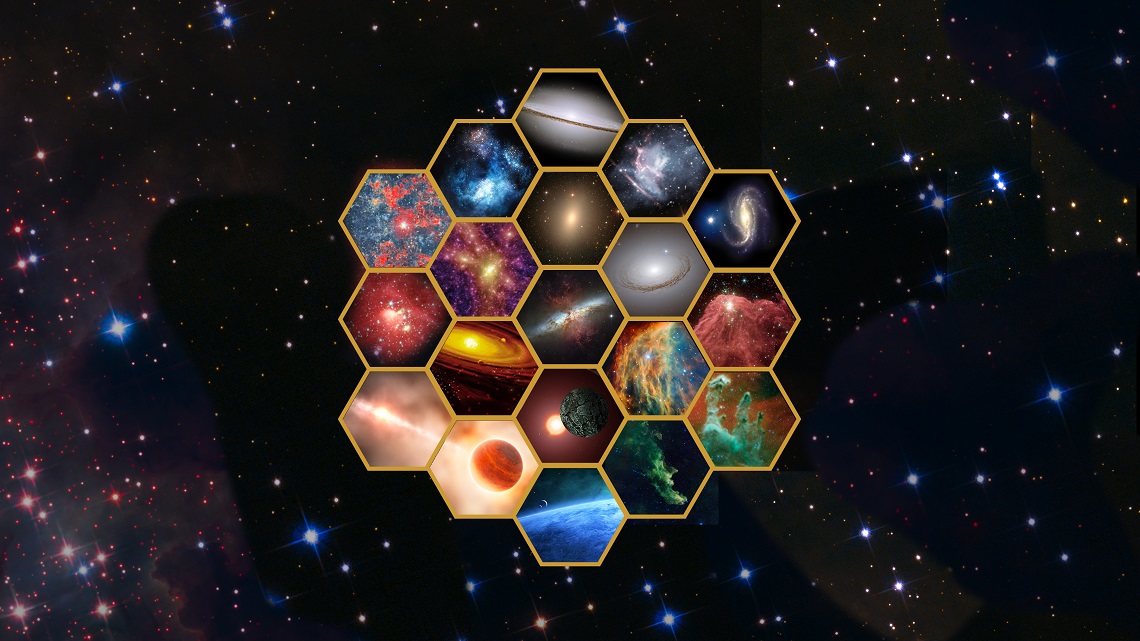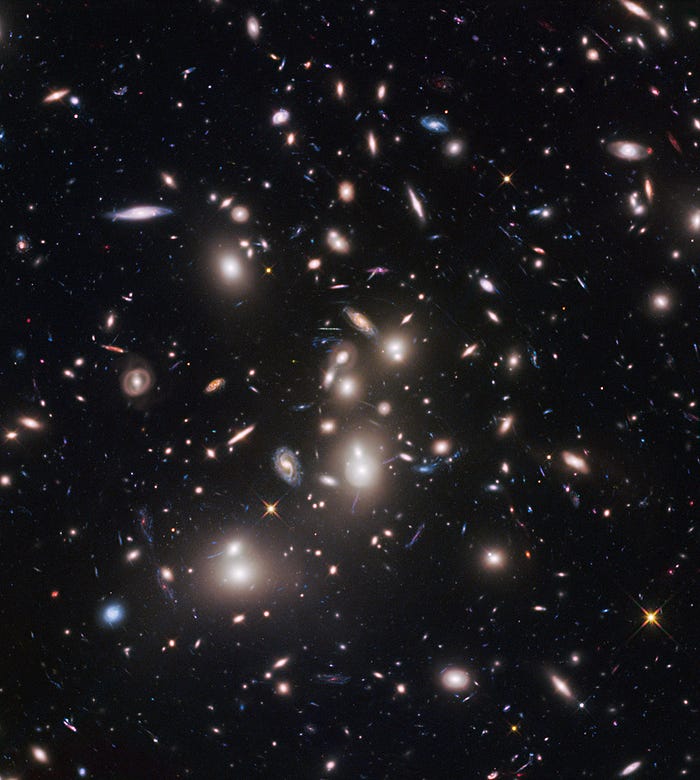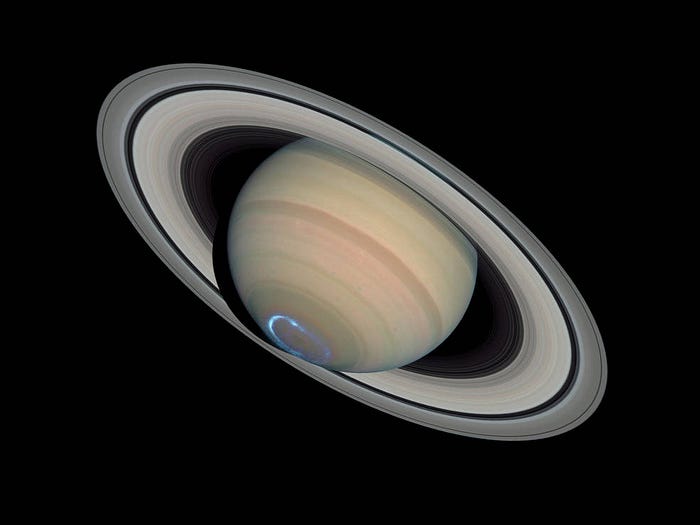The James Webb Space Telescope is the new, more powerful Hubble. What will it find out there?

When the James Webb Space Telescope lifted off from planet Earth on Christmas Day, 2021, it was the cumulation of decades of efforts. Some might even say it was the fruition of a project began centuries ago, and thousands of years before that; perhaps even a million.
As long as homo sapiens have been able to gaze into the heavens and imagine what might be up there in all that blackness among the brilliant spots of light, we’ve speculated about it, made up stories about it, dreamed about going there.
There have been significant breakthroughs in our quest to get answers. Everything from the invention of the zero by ancient Arab mathematicians to Copernicus to the invention of the pentium processor have helped realize our ultimate dream of space exploration.
We’ve been to the moon, checked out Mars- via our technology, anyway. In 1990, the Hubble Space Telescope was launched, a far-seeing eye which promised to allow us the opportunity to peer further into space than anyone ever dreamed.
And peer we did.
As spectacular image after spectacular image began to drift down from the firmament, scientists at NASA got some answers; along with more questions than ever and Fermi’s age-old question/paradox still burning hotter than ever:
Where is everyone?
Space is awfully big. It turns out the universe is larger than scientists believed at the time when Hubble first took to the skies three decades ago; much larger. That’s a great deal of wasted real estate, if indeed planet Earth is the one place in all that vastness to host intelligent life.
What is NASA’s new deep space telescope looking for? In a word, answers.
Answers about the beginning of the universe, answers about why life exists on Earth; answers about life elsewhere in the universe: For these questions and many others, NASA gives us the James Webb Space Telescope.
Many orders of magnitude more powerful than its predecessor Hubble, Webb will be able to give us a glimpse of human history so distant as to be invisible even to the Hubble-enhanced human eye.
Besides answers about the origins of the universe and life within it, James Webb may well answer other questions as well.


Scientists at NASA hope that Webb will help answer two basic questions about the formation of the universe. The first is, “How did the first galaxies in the universe form, and did they make the universe transparent to light?”
The second question, “How did later galaxies produce and disperse into the universe the heavier elements that are the building blocks of stars, planets, and even humans?” is essentially the same “How did we get here?” question humans have been asking since we learned to talk.

Sagittarius A*, shown the above image taken by the Hubble Telescope in 2009, is one of the many areas NASA scientists hope to get a better look at with the enhanced capabilities of James Webb.
Information about the supermassive black hole at the heart of Sagittarius A* can hopefully be gleaned from the much sharper image Webb was designed to provide.

A little closer to home, scientists hope to get some answers on Jupiter’s famous Great Red Spot; a giant superstorm that has been raging on the planet since long before NASA moved in to the neighborhood.
The James Webb Space Telescope is the most massive and advanced space observatory in history. With its singular infrared capabilities, Webb will give us a new perspective on an ancient and perplexing mystery.


Much closer to home, the James Webb Telescope will, when it reaches its destination a million miles from Earth, be able to see the whole of Mars every two years. During the time in which the telescope has a detailed view of the red planet, NASA hopes to gain some insight into a dust storm that blanketed the entire planet in 2018.
“Reporting Martian weather is just one way in which Webb, designed to gaze into deep space and unlock cosmic mysteries, can join forces with other NASA spacecraft to explore Mars,” explains NASA. “Webb can view Mars in the infrared, a kind of light invisible to human eyes that is especially useful for dissecting certain chemicals in planetary atmospheres. While Webb will primarily look for chemical fingerprints in distant worlds orbiting other stars, exoplanets, it can also use these skills for nearby Mars.”


Webb will also be giving us new information about the weather on Saturn. The beautiful planet is still a great mystery to scientists on Earth, including the origins and chemistry of its famous rings.
NASA’s Cassini, which orbited Saturn for 13 years, was lost to the planets atmosphere in 2017. With Webb, scientists hope to pick up where they left off.


Jupiter, its rings and intriguing moons, will also be getting plenty of attention from James Webb.
“A diverse team of more than 40 researchers, led by astronomers Imke de Pater of the University of California, Berkeley and Thierry Fouchet of the Observatoire de Paris, have designed an ambitious observing program that will conduct some of Webb’s first scientific observations in the solar system — studying Jupiter, its ring system, and two of its moons: Ganymede and Io,” says NASA about the exciting endeavor.
Whatever Webb finds in the universe, it has already surpassed every expectation thus far. On January 8, two weeks after a successful launch, Webb managed to unfold its delicate mirror systems in a complicated maneuver far from the helping hands at NASA.
It went off without a hitch.
Now, all eager scientists and the rest of the world can do is watch the heavens…and wait for signs.
(contributing writer, Brooke Bell)